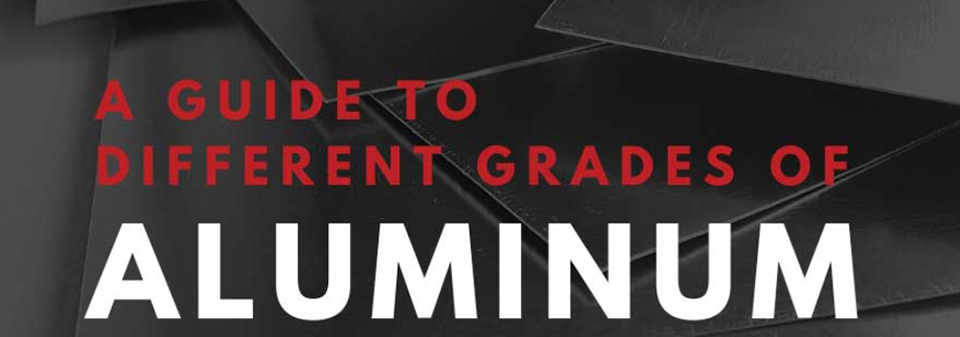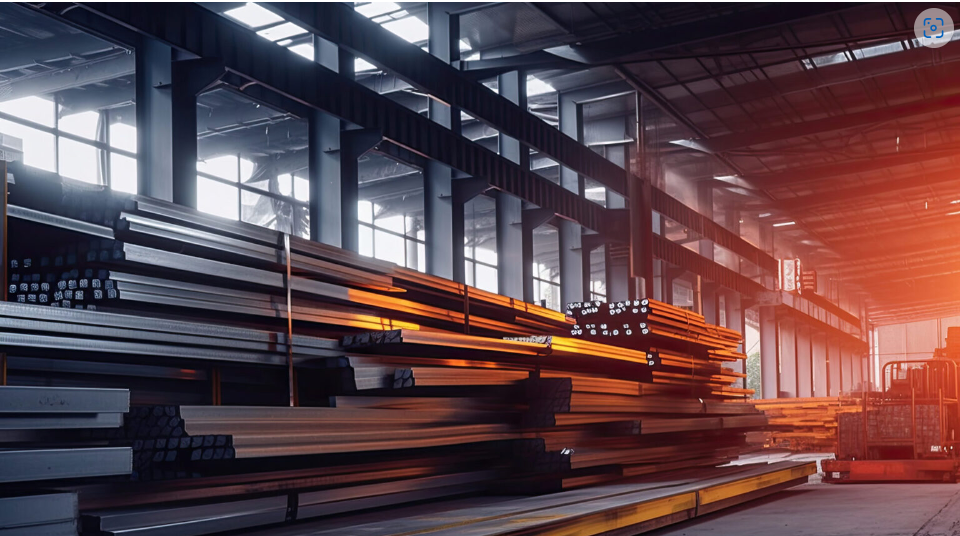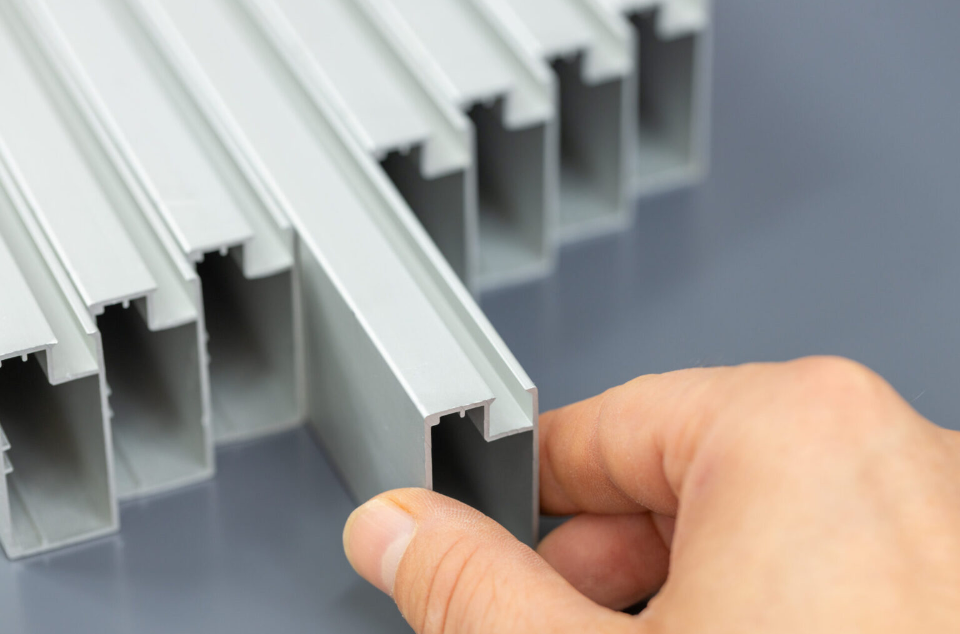Aluminium is one of the most widespread elements found on earth, and one of the most popular in metalwork. The various forms of aluminum and its alloys are valued for their low density and high strength-to-weight ratio, durability, and corrosion resistance. Since aluminum is 2.5 times less dense than steel, it is an excellent alternative to steel in applications requiring mobility and portability.
When working with aluminium there are currently eight series of grades used to categorise the different types of alloy available. The following article will cover the different grades of aluminium available, their physical and mechanical properties, and some of their most common uses.
1000 Series – “Pure” Aluminium
The 1000 series metals are the purest available, comprised of 99% or above aluminium content. Generally, these aren’t the strongest options available, but have fantastic workability and are a versatile choice, suitable for hard forming, spinning, welding and more.
These alloys remain highly resistant to corrosion and have excellent thermal and electrical conductivity, making them a popular choice for a number of uses such as food processing and packaging, chemical storage and electrical transmission applications.
2000 Series – Copper Alloys
These alloys use copper as their primary element in addition to aluminium and can be heat-treated to give them outstanding toughness and hardness, comparable to some steels. They have excellent machinability and a great strength-to-weight ratio; the combination of these characteristics makes them a popular choice in the aerospace industry.
One downside to these alloys is their low corrosion resistance, so they are often painted or clad with a higher purity alloy when their application means they will be exposed to the elements.
3000 Series – Manganese Alloys
The 3000 series of primarily manganese alloys are suitable for all-round general purpose uses and are among the most popular choices available today. They have moderate strength, corrosion resistance and good workability. This series contains one of the most widely used aluminium alloys of all, 3003, popular due to its versatility, excellent weldability and aesthetically pleasing finish.
This series of materials can be found in various everyday objects such as cooking utensils, signs, treads, storage and numerous other sheet-metal applications such as roofing and guttering.
4000 Series – Silicon Alloys
Alloys in this series are combined with silicon, its primary use being to lower the melting point of material whilst keeping its ductility. For this reason, Alloy 4043 is a well-known choice for welding wire, suitable for use in elevated temperatures and offering a smoother finish than many other options.
The 4000 series generally offer good thermal and electrical conductivity and have good corrosion resistance, making these alloys a popular choice in automotive engineering.
5000 Series – Magnesium Alloys
5000 series alloys are combined with magnesium, but many contain additional elements such as manganese or chromium. They offer exceptional corrosion resistance, making them a popular choice for marine applications such as boat hulls and other industry-specific uses including storage tanks, pressure valves and cryogenic tanks.
These highly versatile alloys maintain moderate strength, weldability and respond well to working and forming. Another commonly used welding wire is made from Alloy 5356, often chosen for aesthetic purposes as it keeps its colour after anodising.
6000 Series – Magnesium and Silicon Alloys
6000 series aluminum grades contain 0.2-1.8% silicon and 0.35-1.5% magnesium as the major alloying elements. These grades can be solution heat-treated to increase their yield strength. The precipitation of magnesium-silicide during aging hardens the alloy. A high silicon content enhances precipitation hardening, which can result in reduced ductility. Still, this effect may be reversed by adding chromium and manganese, which depresses recrystallization during heat treatment. These grades are challenging to weld because of their sensitivity to solidification cracking, so proper welding techniques must be employed.
Aluminum 6061 is the most versatile among the heat-treatable aluminum alloys. It has excellent formability (using bending, deep drawing, and stamping), good corrosion resistance, and can be welded using any method, including arc welding. The alloying elements of 6061 make it resistant to corrosion and stress cracking, and it is weldable and easily formable. Aluminum 6061 is used to produce all forms of aluminum structural shapes, including angles, beams, channels, I beams, T shapes, and radius and tapered corners, all of which are referred to as American Standard beams and channels.
Aluminum 6063 has high tensile strength, good corrosion resistance, and excellent finishing qualities, and it is used for aluminum extrusion. It is suitable for anodizing because it can produce smooth surfaces after forming intricate shapes and has good weldability and average machinability. Aluminum 6063 is called architectural aluminum since it is widely used for railings, window and door frames, roofs, and balustrades.
Aluminum 6262 is a free-machining alloy with excellent mechanical strength and corrosion resistance.
7000 Series – Zinc Alloys
The strongest alloys available, even stronger than many types of steel, the 7000 series contain zinc as their primary agent, with a smaller ratio of magnesium or other metals included to help retain some workability. This combination results in an extremely hard, strong, stress-resistant metal.
These alloys are commonly used in aerospace industries due to their superb strength-to-weight ratio, as well as within everyday items such as sports equipment and car bumpers.
8000 Series – Other Alloy Categories
The 8000 series are alloyed with a variety of other elements such as iron and lithium. Generally, they are created for very specific purposes within specialist industries such as aerospace and engineering. They offer similar properties to the 1000 series but with higher strength and formability.
Post time: Jan-22-2024



